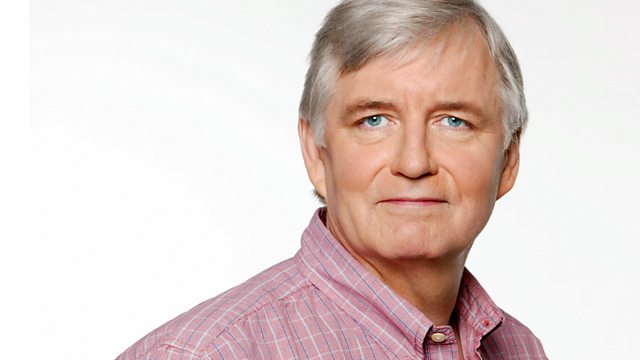The Placebo Problem
Geoff Watts explores the strange phenomenon of 'nocebo', the opposite of the placebo effect, and its implications for patients and medical practice.
Whilst the placebo effect is now recognised as a useful therapeutic tool, less familiar is its malign counterpart: the nocebo effect, the capacity of an inert or sham treatment to induce adverse physical and mental effects. Geoff Watts explores the science behind this remarkable phenomenon and its worrying implications.
Acknowledged for decades, the placebo effect only became the subject of serious scientific study in the last ten years. Not only can sham treatments improve clinical outcomes, sometimes as powerfully as pharmacological interventions, but the method of giving the treatment can itself determine a placebo's success. Perception is everything. But if a placebo can reduce symptoms and enhance treatment then presumably the opposite is true. Welcome to the nocebo effect.
Nocebo, meaning "I shall harm", is the wicked sibling of placebo, meaning "I shall please". First remarked on in the medical literature in 1961, it took nearly 40 years for hard evidence to emerge when, on a hunch, an Italian physiologist, Fabrizio Benedetti, conducted a cunning experiment. He injected subjects with two substances that he told them would induce pain. Neither actually would but one substance (unbeknownst to the patients) did in fact have the ability to inhibit anxiety. If there was a specific neurological pathway in the brain that was creating the nocebo effect, could the anti-anxiolytic block it? The answer was emphatically yes and provided the clearest evidence yet that a patient's mere perception of what they expect to happen could induce real, detrimental physical and mental symptoms - in this case anxiety and pain.
Other researchers have attempted to explore the phenomenon further. Studies in Germany and the Netherlands showed that nocebo could be induced merely by relaying verbal or visual information to the subjects. In the US, Parkinson's patients told that their brain pacemakers (for deep brain stimulation) were to be turned off experienced dramatically more negative symptoms even though the pacemakers were left switched on. Patients in a trial looking at lactose intolerance were falsely told they were given lactose when in fact they were given glucose and true to form, nearly half complained of stomach pains.
In some sense this seems obvious - one can induce fear and anxiety by telling scary stories. But the consequences of nocebo go beyond mere medical curiosity. A few years ago the effect hit the headlines when tens of thousands of people were seemingly affected by it in New Zealand, spurred on by alarmist media reporting about the negative side effects of a 'new' drug. Except it wasn't new at all - it simply had a branding re-launch. The pharmaceutical compounds were unchanged. Nevertheless, this lead to a 2000-fold increase in negative side-effect reporting. So what had caused this? We did - the media. News reports began incorrectly attributing side effects such as joint pain and depression to this so-called new drug. The effect snow-balled. Areas of the country with the highest number of media scare stories saw the highest number of complaints about the drug's side effects. It's not that patients were making it up - as far as they were concerned their symptoms were real but they were not related to the pharmacological effects of the drug but to nocebo. Their health had been hijacked by their expectation.
Nocebo is not only more powerful than placebo but it is likely to be more widespread and its implications are far more serious as it not only interferes with the existing treatments but it hinders the development of new drugs. And as clinicians and researchers become more aware of the consequences of nocebo, many reach the same uncomfortable conclusion - that patients are being given too much information about the risks of treatment - be it surgery or drugs - creating anxiety and fear which leads to physical distress. Doctors are caught between a rock and a hard place - First do no harm is the bedrock of medicine. As is informed consent. But what do you do when informed consent leads to harm? And can you even begin to control for what patients can discover for themselves on the internet or through the media?
Producer: Rami Tzabar.
Last on
Broadcasts
- Tue 17 Feb 2015 11:00大象传媒 Radio 4
- Mon 23 Feb 2015 21:00大象传媒 Radio 4

